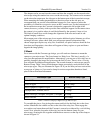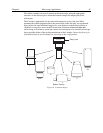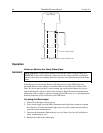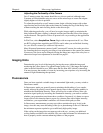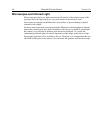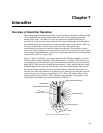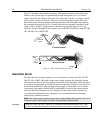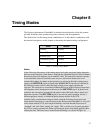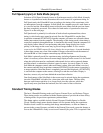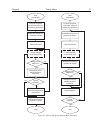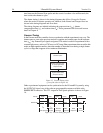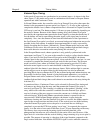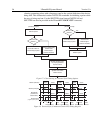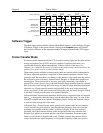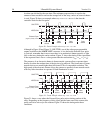
51
Chapter 8
Timing Modes
The Princeton Instruments I-PentaMAX system has been designed to allow the greatest
possible flexibility when synchronizing data collection with an experiment.
The chart below lists the timing mode combinations. Use this chart in combination with
the detailed descriptions in this chapter to determine the optimal timing configuration.
Mode Shutter
Freerun Normal
External Sync Normal
External Sync Preopen
Continuous Cleans Normal
Continuous Cleans Preopen
Table 3. Camera Timing Modes
Notes:
In the following discussions of the timing modes and in the associated timing diagrams,
there are many mentions of the shutter. Although the I-PentaMAX doesn’t have a shutter,
these discussions and diagrams are nevertheless valid. The intensifier controls exposure
in an intensified camera in much the same way as a mechanical shutter does in an
unintensified shutter. In shutter mode operation (as selected at the high-voltage power
supply), the SHUTTER signal provided at the LOGIC OUT connector (if selected by
the software) can be used to control the high-voltage power supply and thus the
exposure. The references to a mechanical shutter that occur in the following discussions
and diagrams can be interpreted as references to the SHUTTER signal. In gated mode
operation, the gate pulses generated by the pulser control the high-voltage supply and
hence the exposure. The SHUTTER signal is also used in gated operation, but for a
different purpose, namely, to inhibit the pulser during readout of the CCD.
Another timing consideration to keep in mind is that the following discussions treat
frame-transfer operation as a special timing mode. Because the I-PentaMAX is only sold
with a frame-transfer CCD, users might reasonably conclude that the discussions of
“standard” and “full-frame” timing don’t apply. This is not the case. In gated operation
the CCD is usually operated full-frame to prevent gate pulses from being applied while
reading the data. The frame rate is reduced and the timing is as shown in Figure 16.




